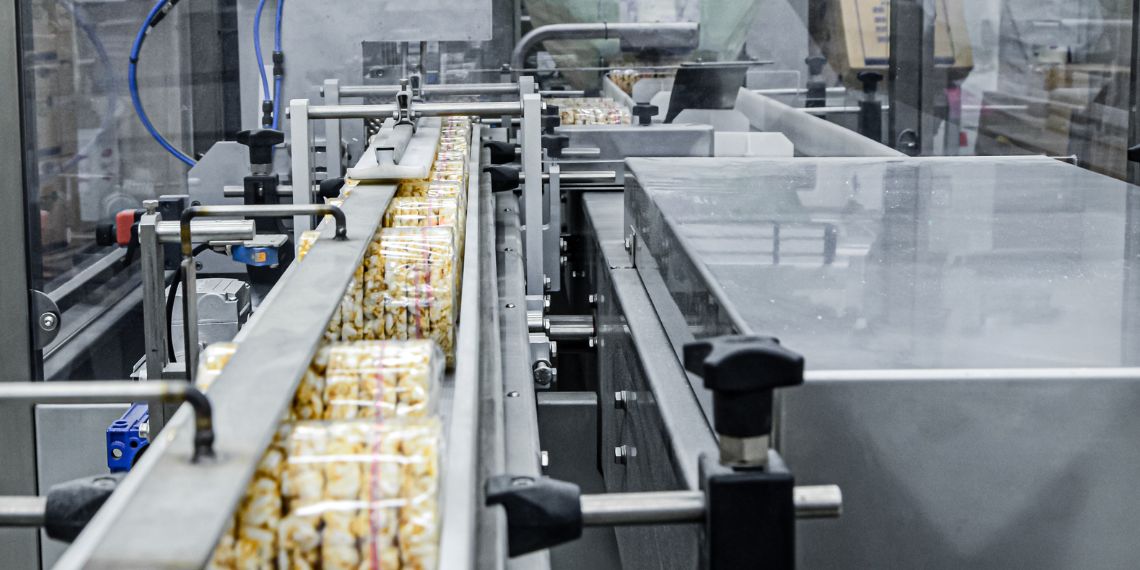The European Union (EU) has set ambitious targets regarding greenhouse gas (GHG) emissions to achieve carbon neutrality by 2050. In this context, the manufacturing industry – including the food and beverage production sector – is called upon to play a decisive role in this reduction effort. INESC TEC is one of the technical partners involved in developing the “Roadmap for the Decarbonisation of the Agro-food Sector”, an initiative funded by the Recovery and Resilience Plan (PRR) and co-promoted by Portugal Foods, InovCluster and CCIPD. The roadmap outlines measures across decarbonisation, digitalisation, and the circular economy.
The national food and beverage manufacturing sector represents a significant share of the energy consumption within manufacturing industries. Based on data collected in 2020, 66% of the sector’s GHG emissions originate from fossil fuels, primarily using natural gas. Additionally, 90% of the sector’s energy consumption is linked to thermal uses. That means that measures such as changing lighting systems, installing photovoltaic solar panels, or electrifying forklifts are insufficient to meet the sector’s ambitious emission reduction targets. So, what pathways can companies follow to reach 2050 targets?
Zenaida Mourão, INESC TEC researcher and the person responsible for the roadmap section addressing future trajectories of energy consumption and GHG emissions, explains that the team analysed different scenarios to understand which technological and process changes would have the most significant impact on emissions at the lowest transition cost. Starting from a scenario in which, by 2050, the technologies and production methods remain as they were in 2020 (Baseline) – this trajectory would only result in a 19% reduction in GHG emissions. The second scenario (Business-as-usual), reflecting the continuation of current trends in technology improvement, would result in a 40% reduction. Replacing natural gas with biogas for heat production, combined with efficiency improvement measures, already enables the achievement of more ambitious targets: with partial replacement, emissions could be cut by 70%, and using renewable gases as the main alternative could achieve up to an 89% reduction. The electrification scenario, which focuses on ambitious electrification of heat production, allows for the most significant emissions reduction (around 91%) with the lowest total annual costs.
Investing to save
“We concluded that the model based on making no changes to technologies and processes results in the highest cumulative transition cost for the sector. Although the more ambitious scenarios require higher initial investments, they lead to efficiency gains and lower operational costs in the long term. For instance, in these scenarios, when we significantly electrify heat production, the efficiency gains compensate for the fact that electricity is five times more expensive than natural gas, as we consume much less than gas. If we implement the ‘energy efficiency first’ strategy, we can also reduce total transition costs by about 4% while still achieving substantial emissions reductions,” explains Zenaida Mourão.
The decarbonisation trajectories are presented in three phases. Priority should be given to process efficiency improvements up to 2030 when the national electricity production system is expected to be at an advanced stage of decarbonisation. During the following decade, up to 2040, the trajectories propose replacing fossil fuels, introducing biogas, accelerating the rate of heat production electrification, and integrating solar thermal systems. The goal by 2050 is advanced electrification, including introducing heat pumps capable of reaching up to 200ºC, alongside the near-complete replacement of remaining natural gas use with renewable gases, notably biogas. In all trajectories, increasing the share of locally produced electricity (photovoltaic solar) will help to lower total transition costs.
“This way, companies can understand which technologies or measures they can implement to meet the targets defined by the EU and transposed nationally in the PNEC 2030 and RNC 2050 over the next 25 years. The worst course of action is not to transition at all. Accelerated implementation of efficiency measures and electrification of thermal processes – through the introduction of electric boilers, heat pumps, and electric furnaces – combined with local solar energy generation, integration of solar thermal, and replacement of fossil gases with renewables, can transform the sector’s energy matrix while enhancing its competitiveness and resilience. Doing nothing will cost companies more, especially considering future costs linked to GHG emissions,” the researcher explains.
The decarbonisation trajectory analysis was carried out at a national level, with a potential adaptation for the Azores currently under study, given the sector’s importance in the region. Capacity-building actions aimed at businesses are also planned to disseminate the roadmap’s various aspects: decarbonisation, digitalisation, and circular economy, thus contributing to a cleaner, more efficient, and more sustainable industry. As the following steps, it will be essential to conduct this analysis together with companies from different areas to develop long-term implementation strategies tailored to the unique characteristics of each business.
The “Roadmap for the Decarbonisation of the Agro-food Sector” also benefits from the scientific and technical support of INEGI, the Universidade Católica Portuguesa, and Colab4Food. In addition to the analysis and roadmap of future trajectories for energy consumption and GHG emissions, INESC TEC contributed its expertise to the roadmap for the sector’s digitalisation.



 News, current topics, curiosities and so much more about INESC TEC and its community!
News, current topics, curiosities and so much more about INESC TEC and its community!